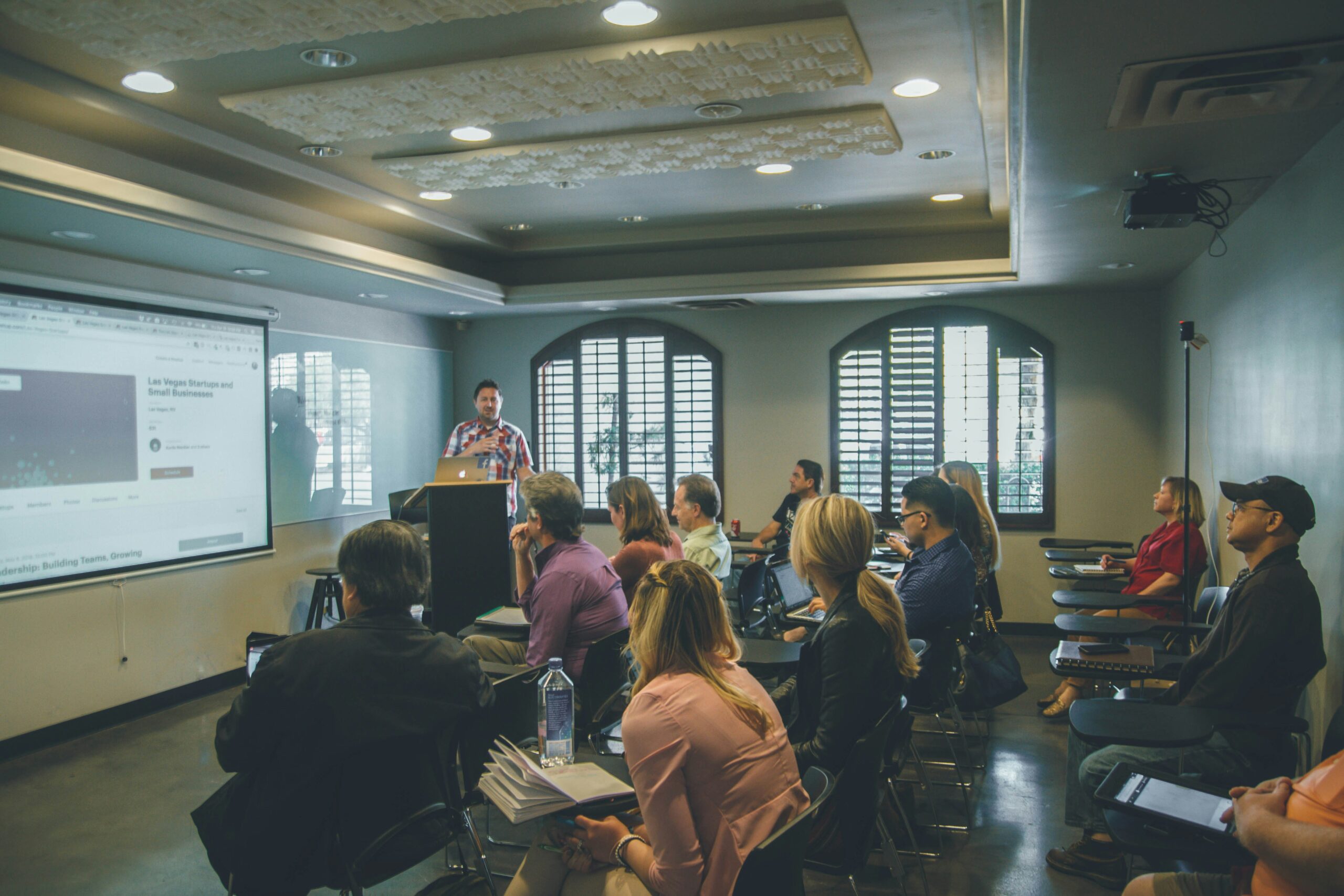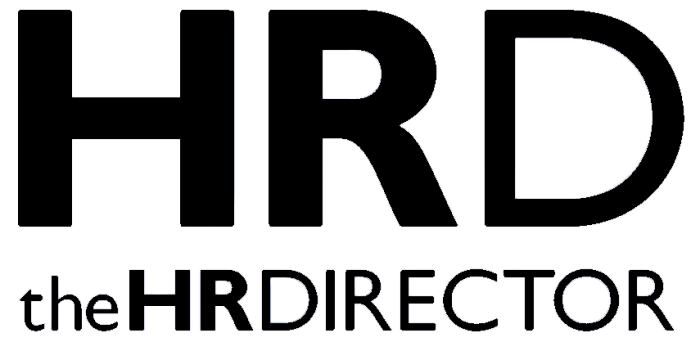The job market is changing fast – faster than ever. With automation, AI and new technology shaking up almost every industry, entire professions are expected to disappear while new ones pop up in their place. Against this backdrop, reskilling is not just a nice-to-have but an essential business strategy. Despite the weight placed on training and development, L&D leaders still face obstacles when trying to demonstrate value. According to the 2024 State of Learning report, only 1 in 10 business leaders currently connect L&D expenditure directly to revenue growth, revealing just how far the industry still has to go in demonstrating its strategic importance.
At a time when businesses must adapt to relentless technological shifts and evolving market and regulatory demands, this disconnect poses a serious question: without clear proof of L&D’s contribution to business success, how can L&D leaders secure buy-in from the boardroom? And what metrics should they be using to track and illustrate the impact of learner training?
The answer is hidden in plain sight. Buried within the countless metrics now available to L&D departments is one clear, actionable insight: time-to-skill. Rather than focusing solely on check-box completion rates or knowledge retention, time-to-skill measures how quickly employees reach proficiency. This relates to how they translate learned skills into their role in a shorter period, resulting in better business outcomes.
Surface-level metrics fail to capture a detailed picture
The persistent challenge L&D teams face in demonstrating their business value is not due to a lack of effort, but rather to the challenge of translating learning outcomes into measurable business results. Rise Up’s research found that while 41% of leaders recognise L&D as central to their business strategies, just 26% feel their senior leaders are genuinely invested in their initiatives. This disparity highlights a fundamental communication gap. L&D teams and business executives often speak different languages, with the former focused on educational objectives, whilst the latter is understandably interested in bottom-line metrics such as revenue growth, cost efficiencies, and competitive advantage.
Traditional L&D metrics – such as course completion rates, learner engagement, and short-term retention – often fail to resonate with senior executives precisely because they do not explicitly connect to financial performance. We know that L&D has the power to help businesses achieve higher revenue and establish a competitive edge, but how can we present this evidence so that everyone is speaking the same language?
Leaders want evidence of tangible returns, which traditional metrics rarely capture. Prioritising and clearly communicating metrics like time-to-skill can bridge this divide, enabling L&D leaders to convincingly demonstrate their initiatives’ direct contribution to productivity, agility, and ultimately, profitability.
Why time-to-skill is the North Star for L&D
Time-to-skill captures not just individual learner achievement but also organisational agility, productivity, and capacity for innovation. By making time-to-skill their ‘north star’ KPI, L&D teams can finally articulate their value in terms business leaders appreciate, reinforcing their strategic relevance and securing a well-deserved seat at the decision-making table.
The Path to Reducing Time-to-Skill
Having identified time-to-skill as the “‘North Star”‘ KPI for demonstrating L&D’s strategic value, the question then becomes: how can organisations actively accelerate this metric? The quicker the skills are implemented, the sooner employees are equipped to drive business performance, so implementing measures to achieve an accelerated time-to-skill is the next step.
Adaptive learning presents one clear pathway. Unlike traditional, one-size-fits-all training programmes, adaptive learning tailors content dynamically to the individual learner’s strengths, weaknesses, and pace of progress. By responding in real-time to each employee’s learning needs, adaptive learning significantly boosts engagement and accelerates proficiency. Indeed, Rise Up’s research highlights that when adaptive learning methods are deployed, 76% of learners remain actively engaged even after three months. Such sustained engagement is crucial, as it means employees not only learn faster but also retain skills longer, ensuring quicker and more lasting business impacts.
Alongside adaptive learning, another powerful approach to accelerating time-to-skill is integrating learning seamlessly into employees’ day-to-day workflows, often described as Learning in the Flow of Work (LIFOW). Rather than isolating learning into periodic or disconnected training sessions, LIFOW embeds skill development directly into employees’ tasks, software, and daily routines. This approach maximises relevance and immediacy, enabling employees to apply newly acquired skills immediately and continuously. According to the report, organisations implementing LIFOW see a striking 72% improvement in overall business performance, clearly demonstrating the strategic benefits of integrating learning into daily work processes.
Reducing time-to-skill not only enhances short-term productivity but also supports internal mobility and employee retention. When employees acquire new skills more rapidly, they become prime candidates for internal opportunities, whether lateral moves or promotions. Research finds that employees who make lateral moves within their organisation are 62% more likely to stay for at least three years. By proactively managing and reducing time-to-skill, L&D departments can directly influence long-term retention rates, providing additional evidence of their crucial role in meeting strategic talent goals and maintaining organisational resilience.
The Bridge Between Learning and Business Impact
L&D’s true value does not lie in the number of courses delivered or certificates earned. It lies in its ability to equip employees with the right skills at the right time, driving measurable business outcomes. In that way, time-to-skill is more than just a performance metric; it is a bridge between learning and business impact. Not only do L&D leaders need to track and attribute impact, they also need to also quantify the positive outcomes that their work has had on their organisations based on set objectives. By identifying the business goal, measuring the speed at which skills have been put into practice, and what impact has been made on business performance, L&D professionals can deliver concrete data back to the boardroom.







